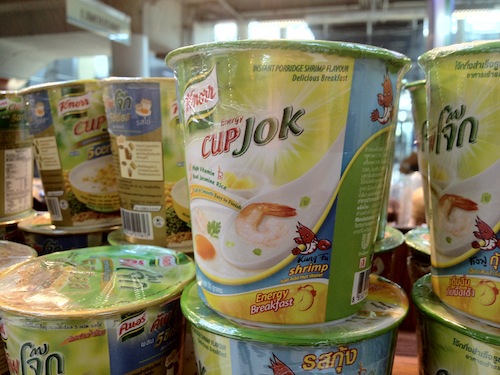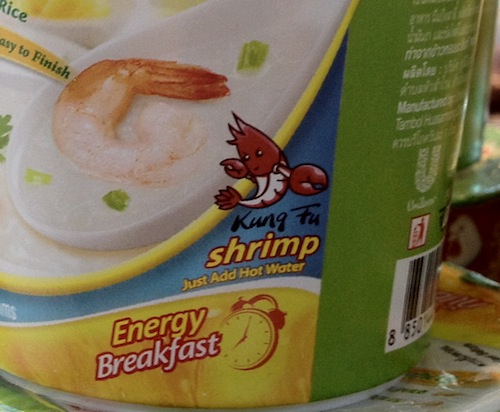Bangkok: a modern city
Day 1 in Bangkok, Thailand
Upon arriving, I learned (or more accurately, realized) that “Siam” is Thailand. Somehow, I had not realized this before. It was only after I saw all the signs and ads for the Siam Commercial Bank that I thought for the first time: “Oh, Siam is Thailand.”
U.S. Citizens do not need a visa to enter Thailand (see Visa requirements for United States citizens). I can stay for 30 days visa-free. Entering was very smooth; no questions asked. They did not check for my departing flight, so a one-way flight into the country — with no departing flight yet booked — would have been fine. Immigration uses Logitech cameras to take a photo of every person who enters the country.
I will be in Thailand for about 5.5 days, after which my journey shall continue to Hong Kong. In Hong Kong, US citizens can stay up to 90 days visa-free.
I had never heard much of the Thai language before. To me, it sounds very similar to Tagalog (Filipino). As of today, I probably cannot reliably tell the difference between the two languages. I don’t understand a word of either one. Are the languages related in any way?
Thai is one of the languages that I never see taught in the US. And unlike Vietnamese, which is familiar because it uses the same letters as English and has well-known words like phở, I haven’t noticed Thai words infiltrating American English at all.
Family Mart
I was glad to see that my favorite Japanese convenience store, Family Mart, has made it to Thailand.
They had something I’d never seen before: Cup Jok.

I’m fascinated by the use of the word “Jok”. That’s what we call it in Cantonese, though it sounds more like “Jook”. Is it the same in Thai?
And yes…

It’s Kung Fu shrimp!
S15 Hotel
For my first 2 nights, I’m staying at the S15 Hotel. S15 is not only the same of the hotel; it’s the hotel’s street, too:
217 Sukhumvit 15
So far, everyone I’ve talked with has pronounced “Sukhumvit” in a manner that is very similar to the way we would phonetically pronounce that word in American English. I’m not sure whether this is the way it is actually pronounced (i.e. it’s a really good transliteration), or the transliteration dictates its common pronunciation, at least among English speakers.
The hotel was a bit tricky to find. It wasn’t exactly where I expected it to be, having looked at a map and then walked from a farther train station.
I asked a man on the street which way to go. He turned out to be Irish, and he comes to Thailand yearly to avoid the harsh European winters. He’s also tired of living in Europe and the US; the climate and lifestyle of Southeast Asia are appealing to him.
My room at S15 has, quite possibly, the best shower I’ve ever used. It’s tremendous: huge amounts of water pouring straight down from an outlet near the ceiling. No risk of hitting my head against it (a common problem, even at my house in California), and certainly not a “water saver”. It’s also controlled by two very straightforward and easy-to-use handles: one for hot and one for cold. And there are huge shelves right next to it, for whatever shower accessories you may wish to use (I don’t have anything, but I used the hotel shampoo and bath foam).
The A/C system in the room is very quiet, yet effective. I turned the temperature down, and 1 minute later, I was cold!
a modern city
This city has trains, subways, the MRT. It reminds me of modern cities like Hong Kong, Singapore, Taipei, and Tokyo. It’s dramatically different from Vietnam; it’s almost as though having a modern subway system defines an Asian country as belonging to a different class. Not necessary an upper class, but certainly a different one.
Vietnam’s taxi and xe om “system” works very well. It just has a significantly different feel than a country where I can use an RFID token to zip through underground tunnels.
Leave a Reply